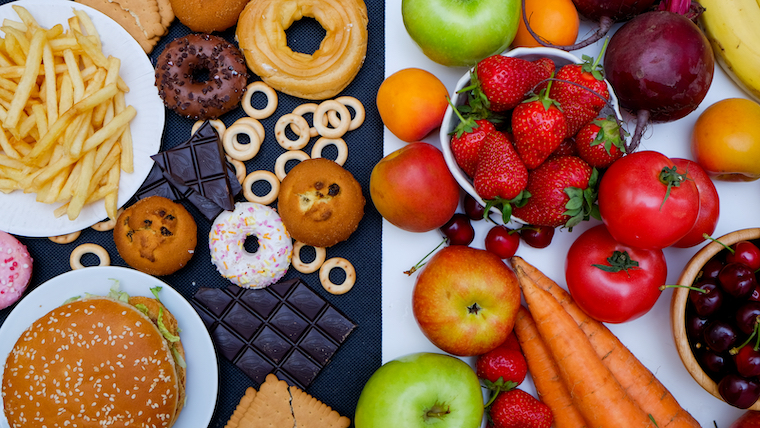Dr. Layne Norton has been delving into a ton of research and relaying his findings on how to eat for improved body composition and the research behind training to failure. His latest YouTube video breaks down what happens when a diet break occurs — exactly what it sounds like; a diet break is the designated timeframe when someone stops adhering to their diet before returning at the end of the break.
On June 21, 2023, Norton published a video on his YouTube channel wherein he offered enlightening research on the benefits of diet breaks. Watch the breakdown below:
[Related: Hybrid Athlete Fergus Crawley Establishes a 500-Pound Raw Deadlift and Runs 5K in Under 20 Minutes]
Editor’s Note: The content on BarBend is meant to be informative in nature, but it should not be taken as medical advice. When starting a new training regimen and/or diet, it is always a good idea to consult with a trusted medical professional. We are not a medical resource. The opinions and articles on this site are not intended for use as diagnosis, prevention, and/or treatment of health problems. They are not substitutes for consulting a qualified medical professional.
Diet Break Study Results
Norton discusses Bill Campbell’s randomized control trial (among many other collaborators) published in the Journal of Human Kinetics in 2023. Titled “The Effects of Intermittent Diet Breaks during 25% Energy Restriction on Body Composition and Resting Metabolic Rate in Resistance-Trained Females,” the researchers compared two groups of women. (1)
One group of women dieted for six consecutive weeks; the other group dieted off-and-on throughout those six weeks in a two-to-one ratio (two weeks diet, one week break, two weeks diet, one week break, two weeks diet). The researchers looked at fat loss, strength, and “fat-free mass changes in metabolic rate.” They also equated protein, carbohydrates, fat, and training.
Dr. Norton was impressed with the turnout of the study, which found that the group with diet breaks ate less on their diet times than the group that dieted the whole time. This was to compensate for the increase in calories when the diet break group was on a diet break.

[Related: Bulking on a Budget? Try These Foods and Tips]
What the Research Says, According to Dr. Norton
Dr. Norton said the researchers found lower disinhibition scores with the diet break group than their non-diet break counterparts, meaning they were less likely to binge eat and break their diet structure. Every other factor – fat loss, strength gains, etc. — was relatively similar, but disinhibition rates were much different. Those with diet breaks were more likely to continue their diets, while those who only dieted were likelier to break their eating routine.
Dr. Norton says lower disinhibition scores are correlated with better long-term success for body composition. So he suggests any individual follow a diet that is sustainable for them over the long term. He thinks of diet as a lifestyle, with vacations or holidays disrupting the routine. Implementing maintenance weeks to remove the guilt of eating more calorically-dense foods is an effective solution to maintaining a diet.
“Compliance is the science,” according to Norton. Whichever diet has the best adherence is what a person should do. One person may do best with intermittent fasting, while another may control their calories the best by breaking the bigger meals into smaller ones to eat more frequently each day.
Either way, the research shows a strict diet isn’t the answer to long-term success. A more flexible approach can lower disinhibition rates, likely resulting in better overall training and body composition.
References
-
Siedler, M. R., Lewis, M. H., Trexler, E. T., Lamadrid, P., Waddell, B. J., Bishop, S. F., SanFilippo, G., Callahan, K., Mathas, D., Mastrofini, G. F., Henselmans, M., Vårvik, F. T., & Campbell, B. I. (2023). The Effects of Intermittent Diet Breaks during 25% Energy Restriction on Body Composition and Resting Metabolic Rate in Resistance-Trained Females: A Randomized Controlled Trial. Journal of human kinetics, 86, 117–132. https://doi.org/10.5114/jhk/159960
Featured image via Shutterstock/Natalia Mels